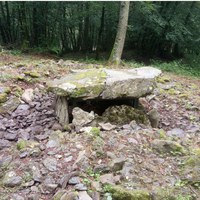11.- Arribiribilleta
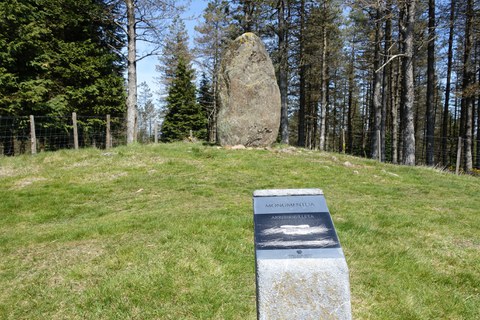
Measurements
The monolith has a length of 3.50 meters, a width of 1.6 meters and a thickness of 0.5 meters. The hole that kept the monolith standing is 1.9 X 1.3 meters wide and 0.6 meters deep.
Research
It was found by J.M. Barandiaran in 1920, and a year later it was excavated by T. Aranzadi, J.M. Barandiarán and E. Eguren. In that excavation, materials were found that are used to verify the cairns (Pieces of coal and tile). Since the border between Elgoibar and Bergara is located there, and since nothing was found in the excavation, the archaeologists took the monolith as just another milestone. In 2002 J. Castro denounced that the monolith was actually a menhir, taking the hill as a burial mound and the monolith as the cover of the chamber. In the same year, Altuna, Del Barrio, Fernández, Mariezkurrena and Turrillas confirmed the discovery and marked it. In 2013, J. Tapia and M. Ceberio excavated the site and showed that there was no menhir; the hill is a natural formation of stones and it was confirmed that there was a cairn on it. However, the pit to support the cairn was excavated in prehistory, below the modern embankment, another older embankment was found at the bottom of the pit, pieces of spark stones were also found. 3D examples of the monolith and the hole were created, and after studying the measurements, weights and forces, it was decided to rebuild it.
Findings
In the excavation only two pieces of spark stone were found, but the most important discovery was the exact study of the hole and the block.
- Type
- Monolitoa
- Date
- Neolithic-Bronze Age (4,000-1,500 BC)
- Town
- Bergara - Elgoibar
- Location
On the Irukurutzeta mountain, on the summit known as Kurutzezarra, on the border between Elgoibar and Bergara
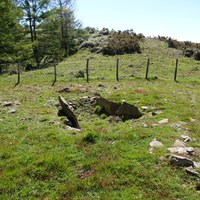
1.- Gizaburuaga
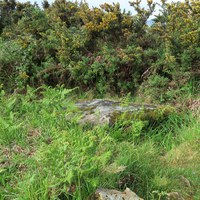
2.- Idoia (Iruia)
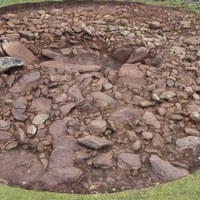
3.- Sabua
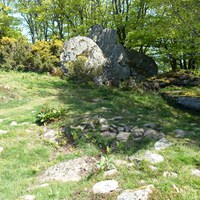
4.- Atxolin
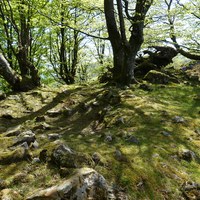
5.- Atxolintxiki I
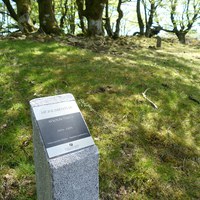
6.- Atxolintxiki II
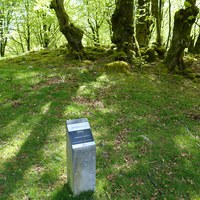
7.- Azkoin
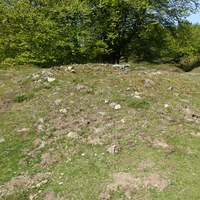
8.- Pagobedeinkatua
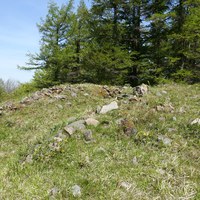
9.- Nasikogoena
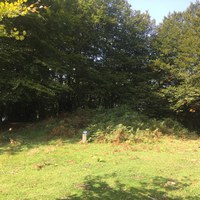
10.- Kurutzebakar
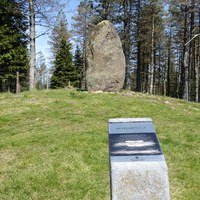
11.- Arribiribilleta
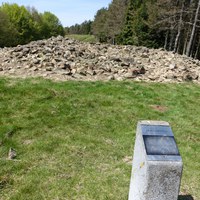
12.- Irukurutzeta
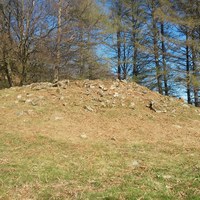
13.- Aizpuruko zabala
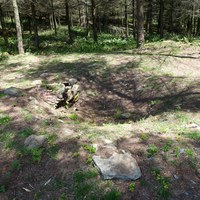
14.- Kerexeta
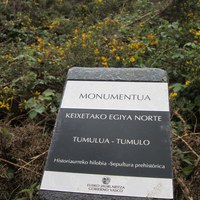
15.- Kerexetaegia Iparrekoa
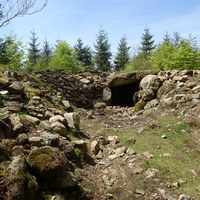
16.- Kerexetaegia Hegokoa
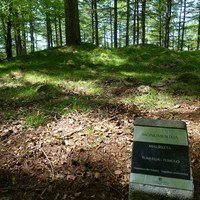
17.- Maurketa
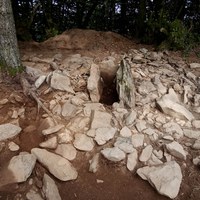
18.- Frantsesbasoa
